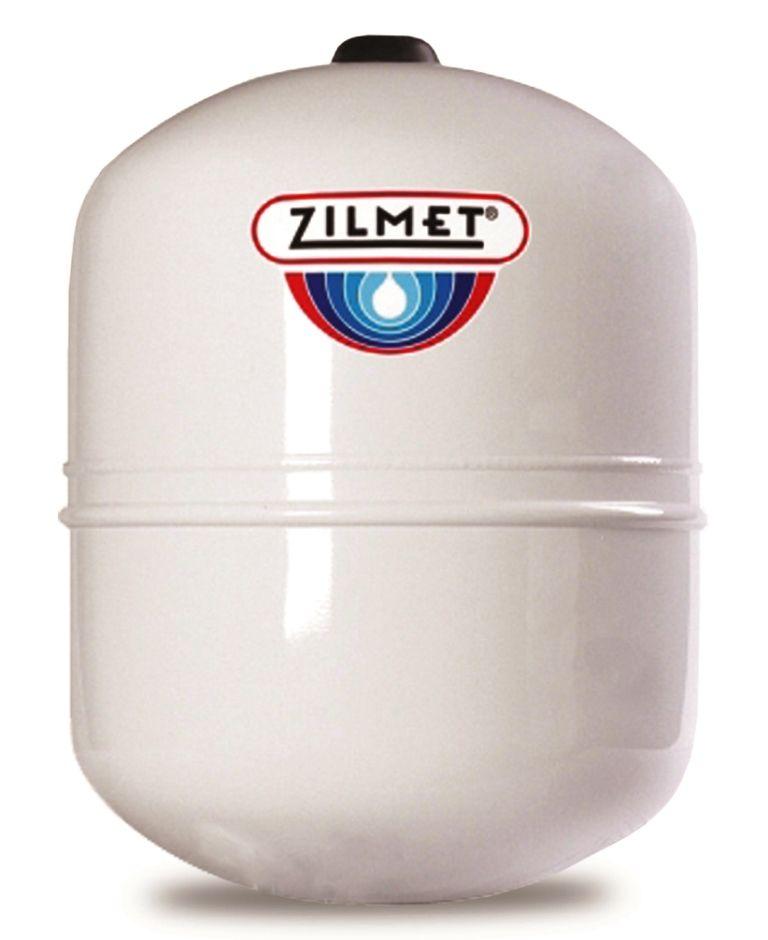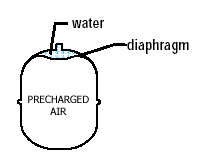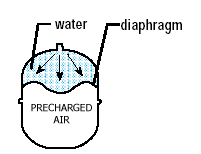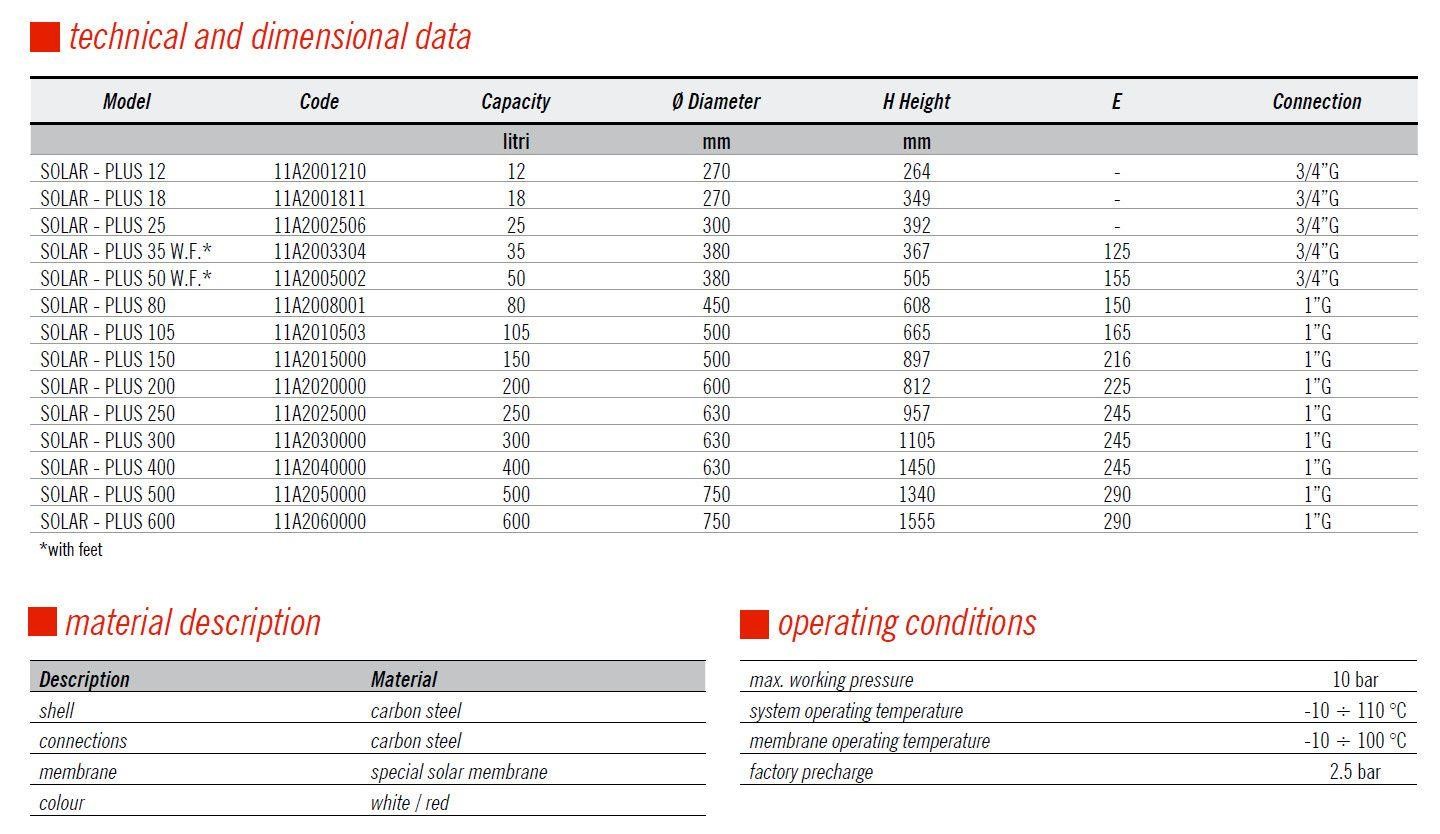

Solar Expansion Tanks are one of the most important components of any solar heating system. Most system installed in North America fail to use proper sized expansion tanks or proper high temperature rated tanks. Most installers tend to use tanks designed for hydronic heating which requires about 1/4 the size and operates on a much lower temperature. This posses a substantial liability and will ultimately cause the solar system to fail well before its uses full life.
Zilmet is one of the worlds only solar expansion tanks designed specifically for Solar Heating applications. Made in Italy, the tanks use a high temperature bladder that can withstand temperatures up to 130 C (270 F). The “Solar-Plus” range is a well suited product for all solar heating systems and is installed on every Thermax Extreme Solar Pool Heater. The membrane of the Zilmet tanks is specially designed for high temperature solar heating panels and can withstand mixture of glycol up to 60%.











